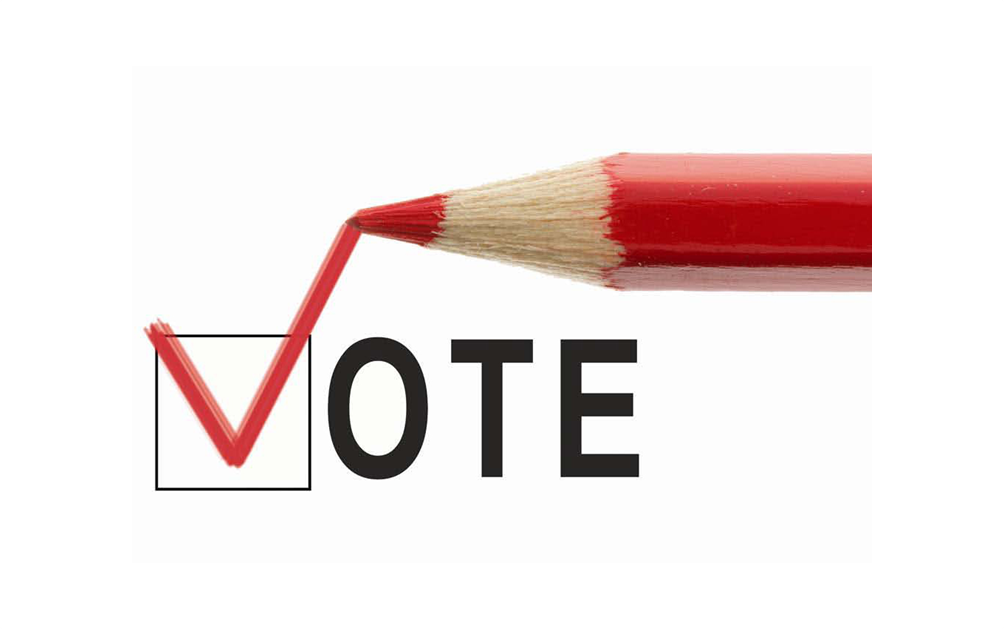By Caitlin Maple.
Did you know that every 30 seconds a Latino becomes eligible to vote in the United States?
This was just one of the compelling statistics discussed this Wednesday at the very first forum hosted by the newly-founded California Latino Economic Institute (CLEI), which is a collaboration between the California Legislative Latino Caucus and the California Business Roundtable.
The event kicked off in Sacramento’s historic Sutter Club and featured an impressive program including Secretary of State Alex Padilla, Assemblymember Raul Bocanegra, former Assembly Speaker John Perez, former Mayor of Los Angeles and gubernatorial candidate Antonio Villaraigosa and Assemblymember Lorena Gonzalez Fletcher.
Political strategist Mike Madrid presented data showing that, despite a growing population as well as increasing political representation and influence, Latinos in California are still experiencing higher poverty and unemployment rates and lower homeownership rates than the statewide average.
“Without homeownership, you can’t have a thriving middle class,” said Madrid. “As housing affordability slips away, the class divide grows.”
At the same time, Latinos have the largest eligible citizen population that is not registered to vote, added Madrid.
It is clear there is still much work to be done to bridge these gaps in California.
A panel discussion following the presentation focused on the path toward equality for Latinos. For Assemblymember Gonzalez Fletcher, it is critical to increase the Latino voice by boosting voter turnout and reducing barriers to voting.
She cited her support for Senate Bill 450, passed last year, which allows counties to switch to a “vote center” model for elections. This model provides more flexible options and hours for voting, including on weekends. She also discussed her new legislation, Assembly Bill 216, which would require counties to provide prepaid postage for vote-by-mail ballots.
This is a noble goal when we consider that elections are the most basic foundation of American democracy, and that no barrier – financial, educational or otherwise – should prevent access. However, inevitably with any mention of legislation to modernize California’s elections, the discussion will turn to unfunded election mandates.
In a nutshell, when the state requires counties to provide a service or perform an action (in this case, prepay postage for voters), the state must reimburse for the cost. These are called mandate reimbursements. Since 2010, the state has “suspended” election mandates, meaning that the counties are no longer required to carry out those mandates, and the state is no longer required to pay for them.
This tactic may work well in other areas of governance where mandates can be easily stopped with little impact, but in the case of elections, it could be potentially disastrous.
For example, imagine if counties stopped providing vote-by-mail ballots? As the most popular option in the state, that could be detrimental to access and voter turnout, and that’s just one example. Other mandates include operating primary elections, counting ballots in precincts, verifying voter signatures and registering voters.
The reality is no county has stopped providing these essential functions, and therefore have been bearing the costs of running elections without state support for several years. The backlog owed tops $100 million and counting while counties are continually doing more with less for an increasingly large population.
The result is when legislation such as the vote center model passes, it has to be “permissive” (because if it was mandatory it would create another mandate, which the state won’t fund). This means counties can either choose to do it, or not, which leaves a mish-mash of practices across California’s 58 counties. This inconsistency further increases the divide between the “have” and “have-not” counties.
For example, larger, more wealthy counties may be able to afford the costs of switching to the vote center model or providing prepaid postage, while smaller counties with less resources are unable to. This inconsistency raises serious questions about the experience a voter has in one county versus another.
The key to any election reform going forward is to rethink the tortured mandate process that leaves the state and counties at odds with one another, and create a shared funding model between them. We can no longer afford to “pass the buck” while the infrastructure of our democracy suffers and large groups such as the Latino population continue to fall behind.
CA Fwd’s report, “Investing in California’s Democracy: Building a Partnership for Performance” outlines how other states fund elections and how California can forge a new path.
A shared fiscal relationship for elections can lay the groundwork for meaningful changes in electoral law, provide a consistent experience for voters, and perhaps even increase turnout.
It might be time to put our money where our mouth is and invest in democracy.
[divider] [/divider]





